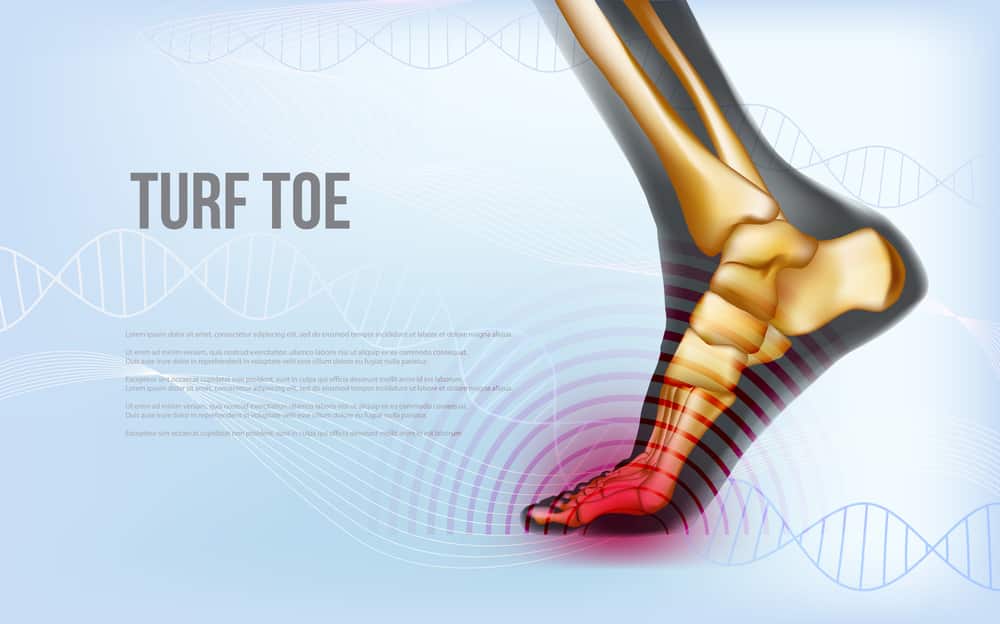
5 Ways to Alleviate Wrist Pain
Every day, people sit down at a desk, ready to work. The coffee is hot, there’s some early morning sunshine, and everything seems to be going great — right?
Well, wrist pain can throw a wrench in those plans. When people start to experience wrist pain, it can be hard to know how to alleviate it.
Unlike other parts of our body, it’s not so easy to just let your wrists rest. But there’s still a lot you can do to help, like stretches for wrist pain. Keep reading for some simple sources of daily relief.
1. Stretches for Wrist Pain
Whether someone works from home or at an office, a desk is a classic component of the work environment—and it just might come in handy when they’re trying out new exercises for wrist pain.
One thing they can do is press up against their desk or table for several seconds. Their palms should be flat against the surface. After a few tries, they might experience some much-needed pain relief.
Another stretch they can try is to pull the fingers of one hand with their other hand. They can put their palm out flat and let their fingers dangle downward before doing so. After, they can switch to their other hand and repeat as needed.
2. Use Some Warmth
If people have a heating pad handy, this might do the trick.
Heating pads can do wonders for quick comfort and muscle relief. People can apply the heat directly to their wrists or to hands, arms, and any problem areas.
3. Work Ergonomics for Wrist Pain
Could a person’s sitting position be contributing to your wrist pain? Whether they’re typing on a keyboard, writing notes, or clicking through websites, the way they’re positioned while working can make a big difference for pain.
The desk and chair should be positioned so that the person’s wrists are in a neutral position. If the chair is too high or low, they might have to strain or move in an uncomfortable way in order to reach the desk.
4. Massage
What could be better than a gentle, calming massage? Yep, massage isn’t just for your shoulders or back. People suffering from wrist pain can get some immediate relief with a targeted wrist massage.
5. Braces for Wrist Pain
A person doesn’t have to be suffering a sprain, fracture, or other types of injury in order to benefit from a wrist brace. These tools can help keep their wrist in a position that avoids strain and discomfort.
In order to avoid inconveniences during the day, some people wear a wrist brace at night. This way, they can avoid bending their wrist in a way that could cause pain later.
Get the Relief You Need!
For people with wrist pain, this experience could affect an incredible amount of daily tasks and activities. From working to cooking to enjoying hobbies and so much more, wrist pain can really get in the way. The good news is that relief is out there. So go ahead and try those stretches for wrist pain! Get a brace if needed. And to get recommendations for your particular situation, you can send us a message right on our website.





